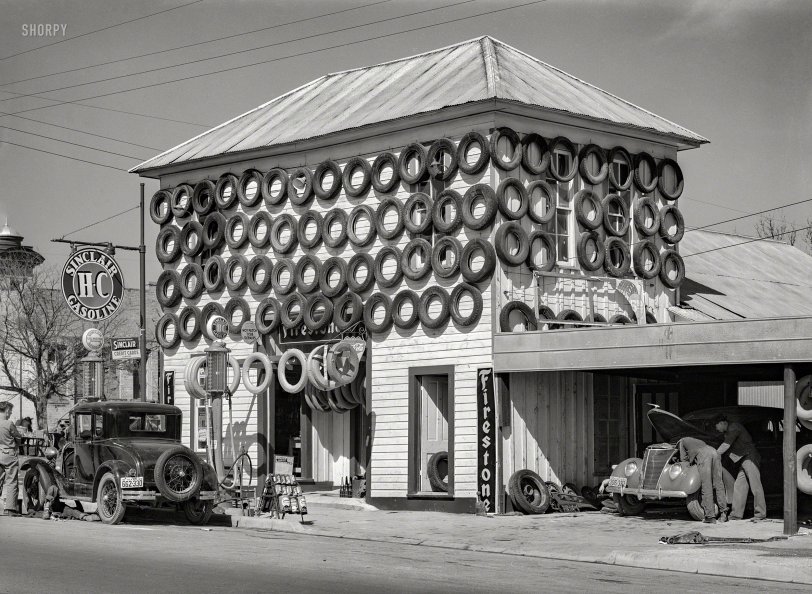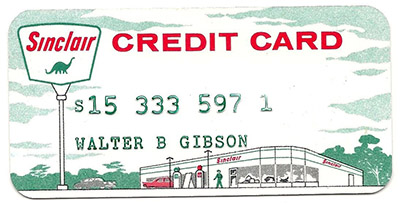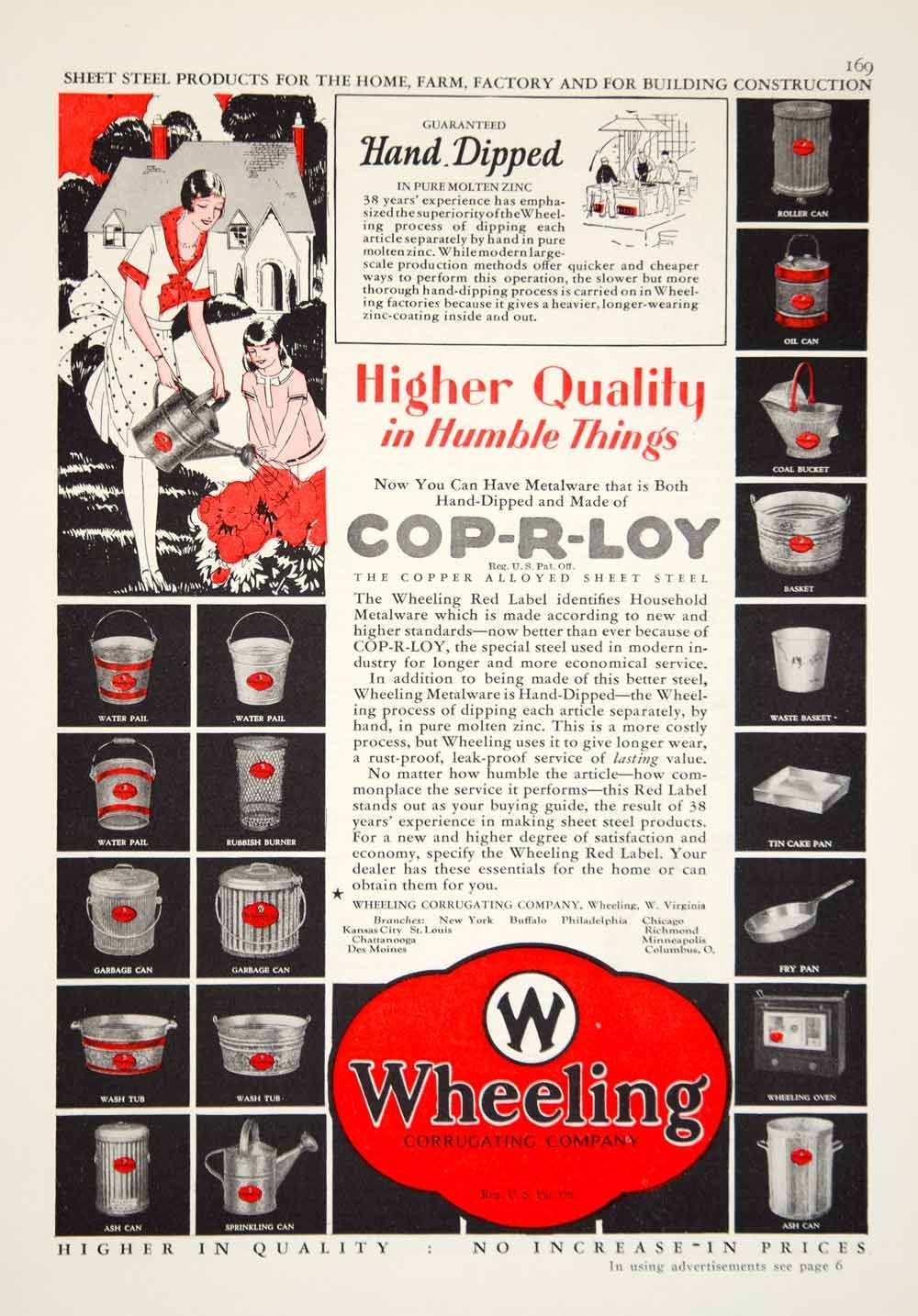


Framed or unframed, desk size to sofa size, printed by us in Arizona and Alabama since 2007. Explore now.
Shorpy is funded by you. Patreon contributors get an ad-free experience.
Learn more.

- Illuminate us
- I remember it well
- I can't prove it
- Complicated then, forgotten now
- Bryan-Stevenson
- Skinny is as skinny does
- How do you rest in peace
- Riding the footboards
- Alas, hidden from view
- Baldwin Diesels
- Exclusive pump
- Bananas, Oysters and Smokey Joe
- Details, Details
- What's that building to the left of the tower?
- Coal Barges
- Bromo-Seltzer
- Inner harbor
- The Basin
- What a headache!
- Giant stepladder?
- Yeah, it was cold
- Love those coats
- Link & Pin Days Remnant
- Baldwin 62303
- Baldwin VO-1000
- Cold
- No expense spared
- Tough Guys
- What's your hurry, where's your hat?
- Sheriff's Signature
Print Emporium
Re-Tirement Home: 1940

March 1940. "Secondhand tires displayed for sale at service station in San Marcos, Texas." A leading candidate for the first Krispy Kreme franchise. Medium format negative by Russell Lee for the Farm Security Administration. View full size.
Sinclair Gas Credit Card
The card was not a credit card but a GAS CARD, that you pre-filled before a trip that you could use to pump gas at their stations. The research on Sinclair's Website only turned up data about the company here.
[Like the sign says, it's a credit card. You charged your gas, then the company mailed you a statement at the end of the month. Pre-filled cards had to wait for the computer era. - Dave]
[Ah! I stand corrected]


Sinclair Credit Cards
I didn't know there were credit cards of any kind back in those days.
Just off the square
Without going to stand on the spot I can't be 100 percent positive, but I believe this station stood on West Fort Street, also known as Texas Highway 80, maybe half a block west of the courthouse. (Fort Street was later renamed Hopkins.) At the far left of the picture, one of the cornices of the Hays County Courthouse (still standing, now with a New Improved Historic Designation) is visible.
Third row, second from left
and put it on my new-fangled Sinclair credit card.
It's 1939 and 1940
The month is March, and the Model A coupe is wearing a 1940 license plate, while the '37 Ford sports a 1939 plate. Until 1975, vehicles in Texas had to get new plates every year, and drivers had from January through March to register. This usually meant long lines of procrastinators at county tax offices at the end of March each year.
Wheeling in more ways than one
The building is at least partially clad in Wheeling Corrugating Company's "Cop-R-Loy" steel, as we can see by the imprint above the side garage. This brand of sheet goods consisted of a mild steel with a small amount of copper added to reduce corrosion. It was quite popular and used in a great many water-contact steel products of that era. I still have a bucket in the garage with the same brand ... and still no rust!
Major repairs
At the time it was common practice to do engine overhauls, including the aforementioned carbon removal, cleaning out the oil pan and passage, and replacing the main bearings. In many cases, the main bearings were poured in place - the bearing material (babbit or something like it) would be melted and poured into place in the journals. This was something a good service station would do, maybe in less than as 50,000 miles.
This was before detergent oil, so crud would just fill it up eventually. I have seen cars from as late as the 60s where oily sludge had built up to the point that it filled up the engine, so you could take off a valve cover, and have a 6" deep layer of sludge in the shape of the interior of the valve covers, with small gaps where the oil was forced out of the passages.
Now it is normal and expected that an engine will run 200,000 miles with no internal failures or significant wear, and no real maintenance aside from oil changes. To the point that everything else in the car has been destroyed long before the engine goes bad. The "good old days" sucked, for the most part.
Why I follow Shorpy
The wonderful titles, hilarious takes like the "first Krispy Kreme franchise" in descriptions, and that the very first comment is a detailed explanation of what some guys working on a car 80 years ago were really doing.
Carbonated Coke
It seems that this 1937 Ford sedan's flathead V8 is getting a de-coke job. The engine compartment's side panel has been removed for access and is resting against the Ford tire rims along the wall, with a new head gasket lying on it. The cylinder head has been removed and the gent who is just visible behind the right side of the car is scraping the carbon that has built up inside the head's combustion chambers (called decoking or decarbonizing). This was a common procedure on older cars, given their low compression and the poor quality of fuels. Buildup of carbon (coke) led to a drop in engine performance, so it had to be cleared out from time to time. Indeed many owner's manuals even had the procedure detailed for the owner to perform himself.

























On Shorpy:
Today’s Top 5